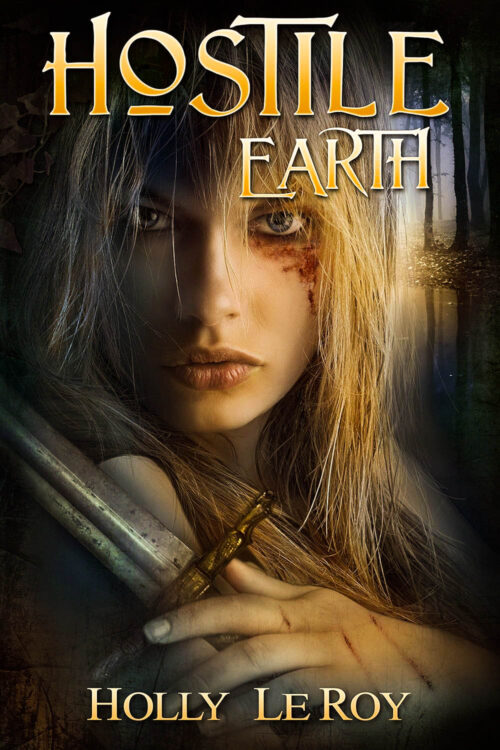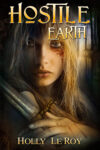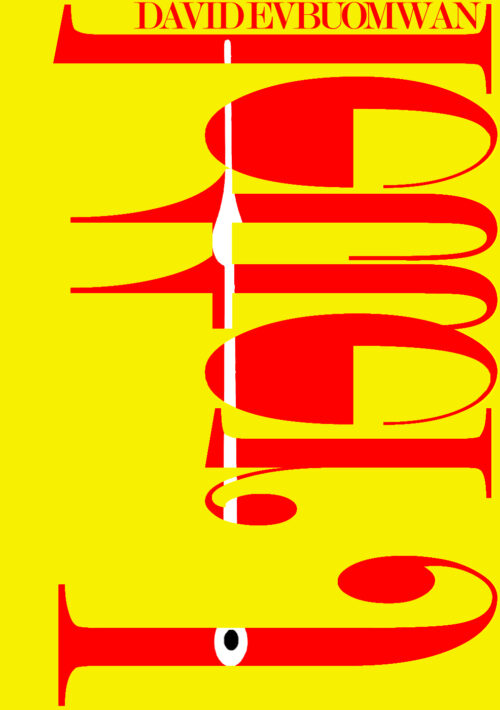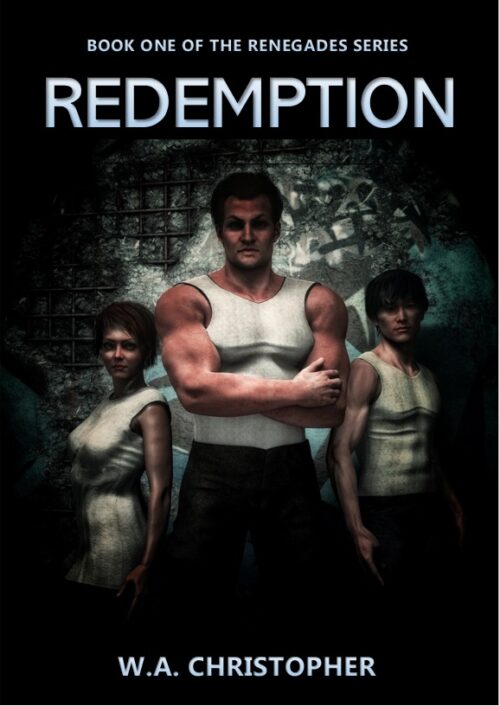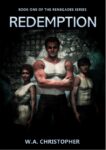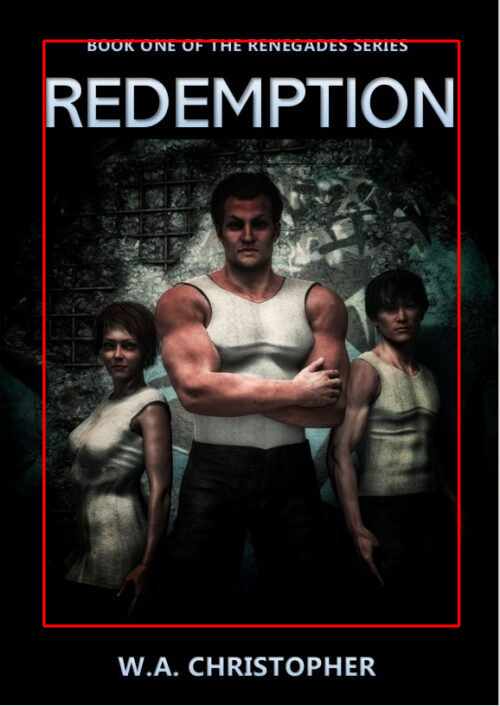The author says:
They story about Houdini’s great apprentice that history forgot. Charles can still hear his mentor’s words; “It is the names and faces history forgets that often turn the tides.” In order to avenge his the murder of his mentor he must first disappear! He silently writes history as he encounters: Jack the Ripper Harry Houdini Fred Russell (“The father of modern ventriloquism”)
Nathan says:
While I sometimes come across as a defender of A.I. images here, my attitude is simply that A.I. illustration is simply one more tool in a designer’s toolbag, like the advanced version of a stock image catalog. My rule of thumb is this: If a reader can immediately identify it as A.I.-generated, you need to change it. (Why? My assumption is that the reader will identify the originality (or lack thereof) on the cover with the originality (or lack thereof) of the contents.)
Pay attention to the odd finger placement and the lack of background. Those are two of the obvious identifiers of A.I. illustration.
Other problems:
The image doesn’t have any convenience open space for title placement, which is why it’s awkwardly across the body, and in a font and hue that keeps it from standing out.
You really don’t need a colon on the cover; font placement and size should be enough to mark the separation.
You don’t need “by” before the byline; if people see one name on the cover, they assume that that’s the author.
Other comments?


